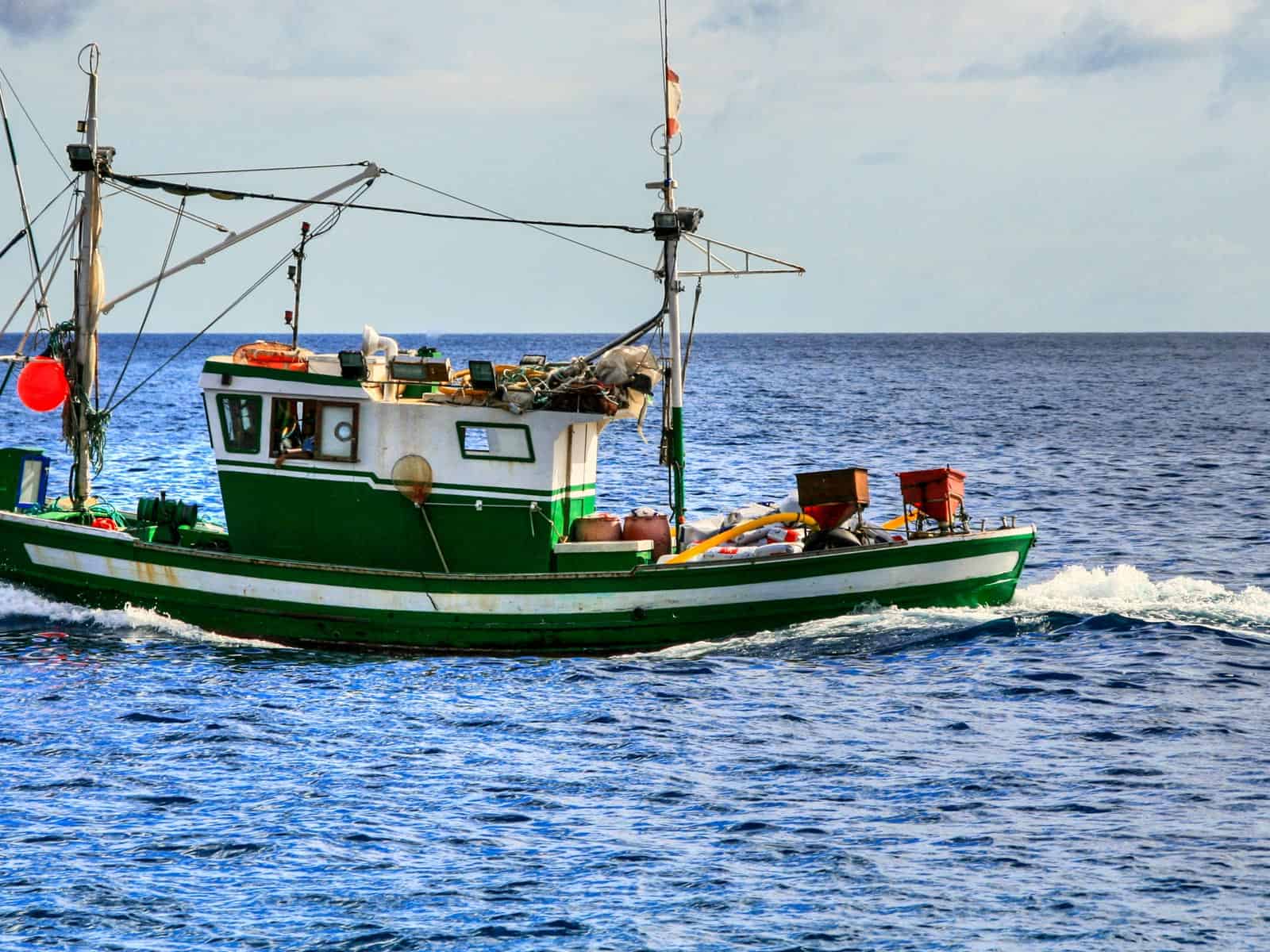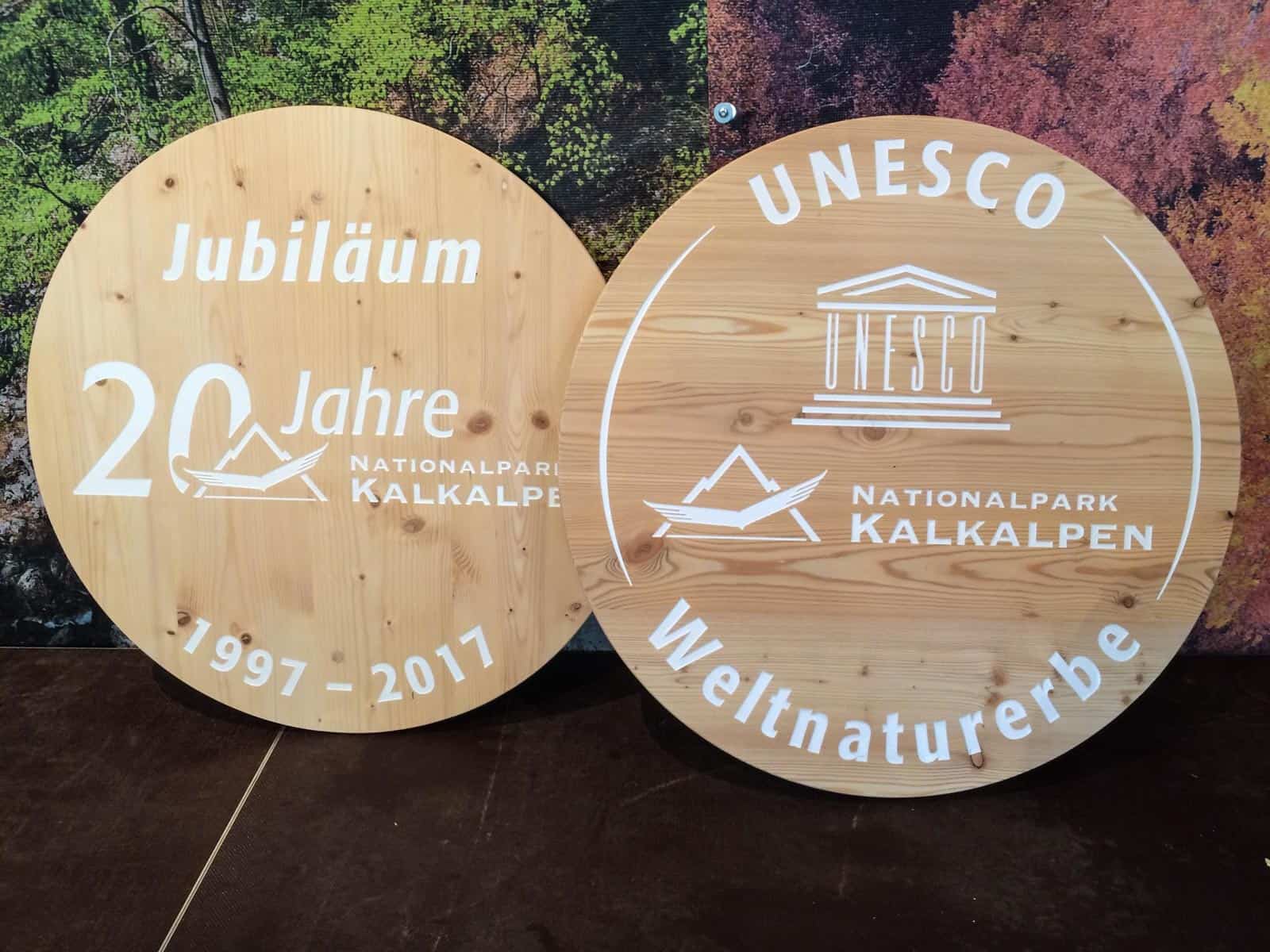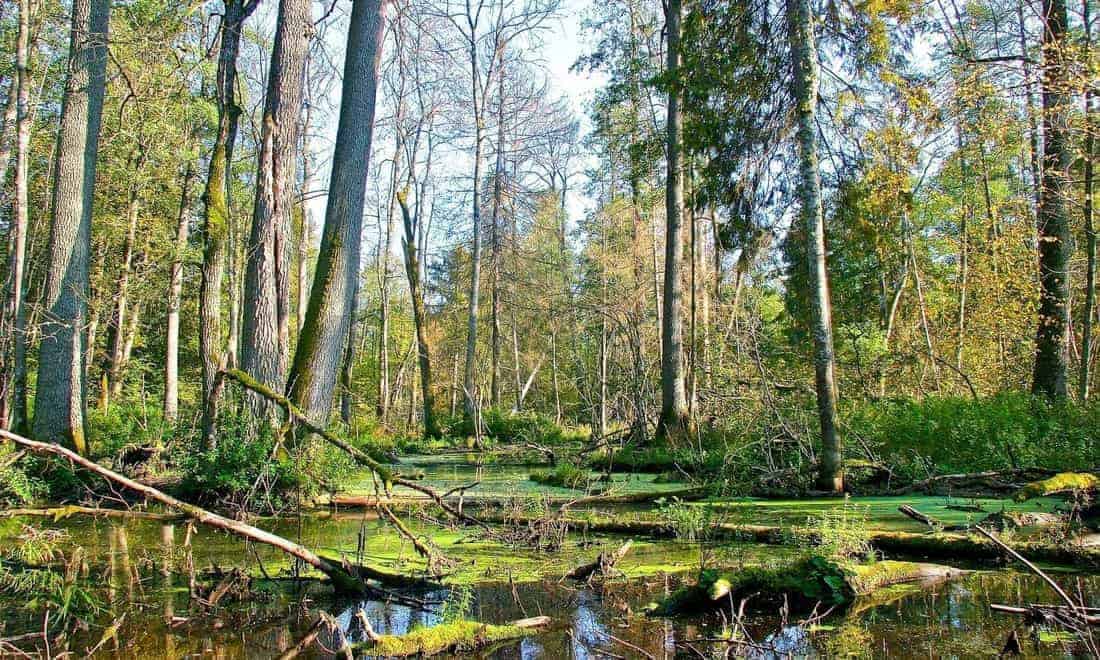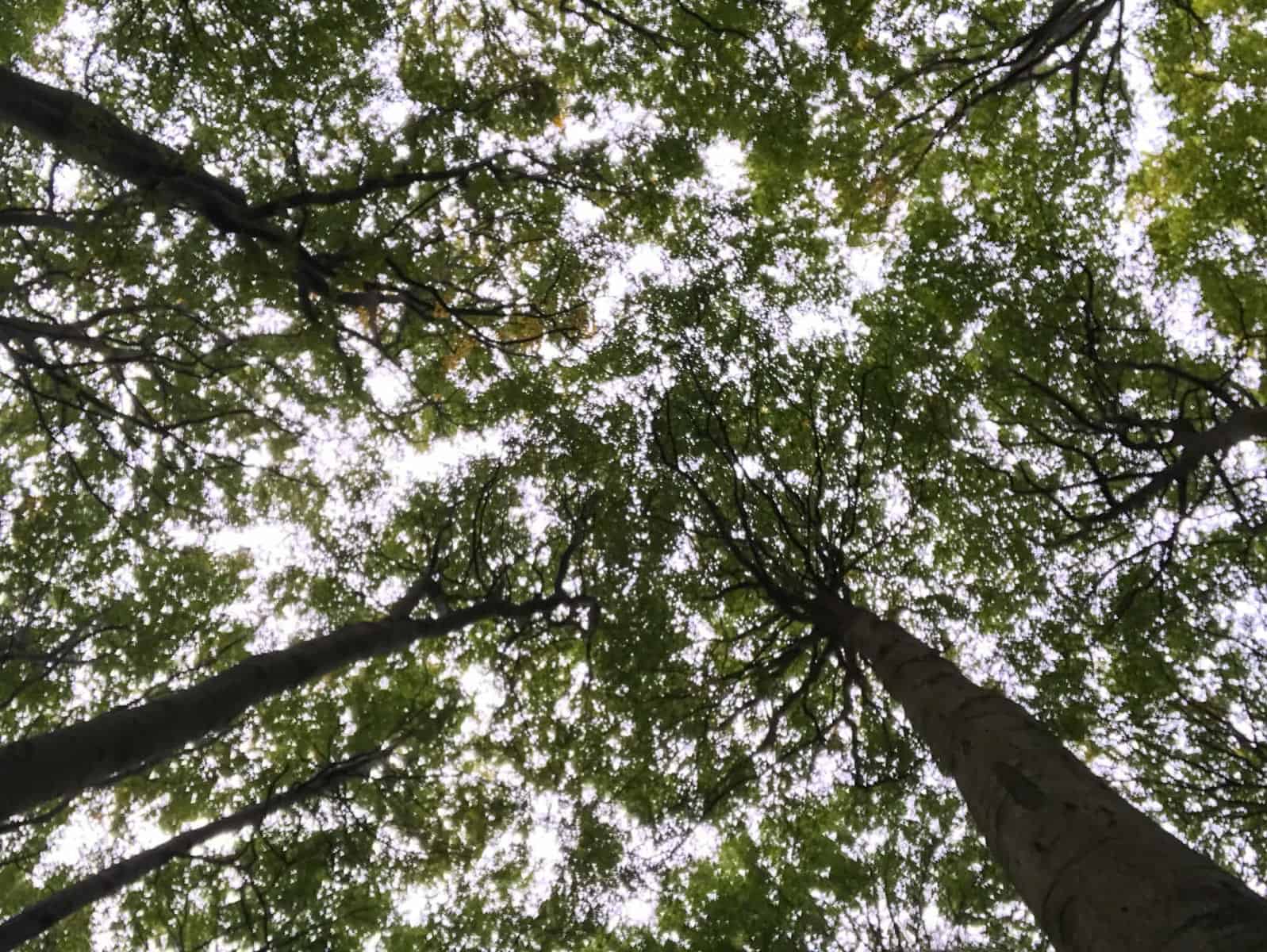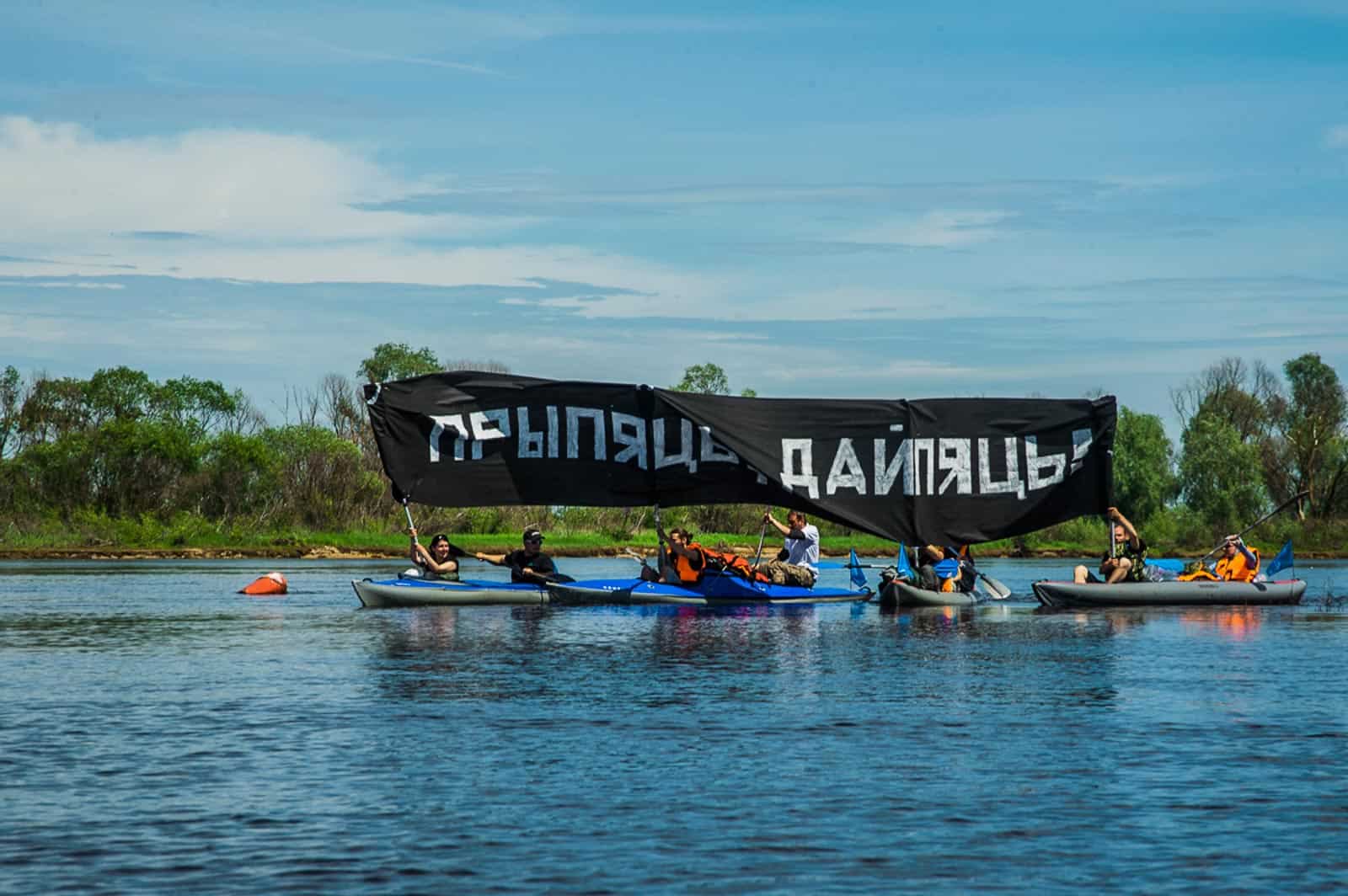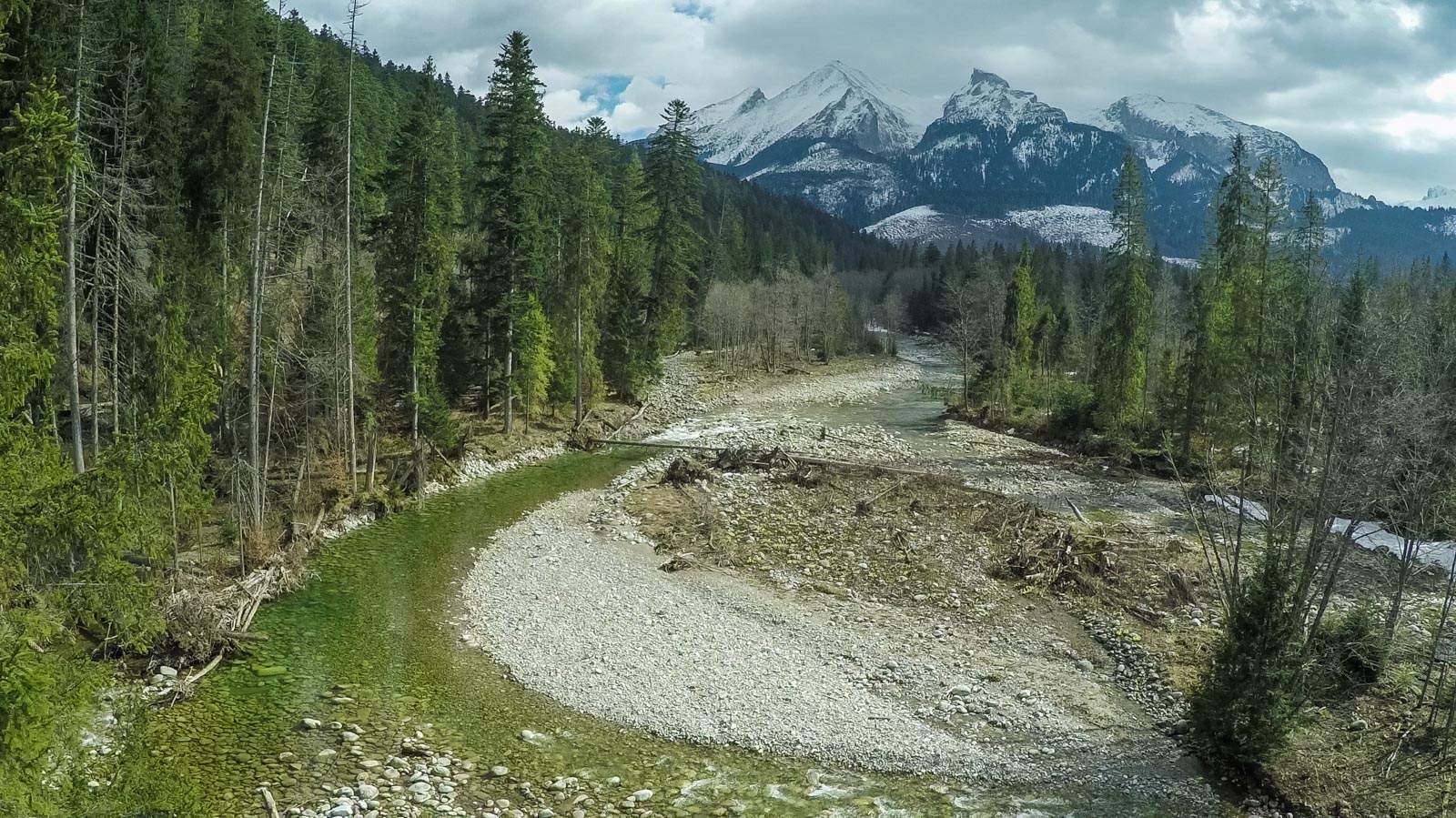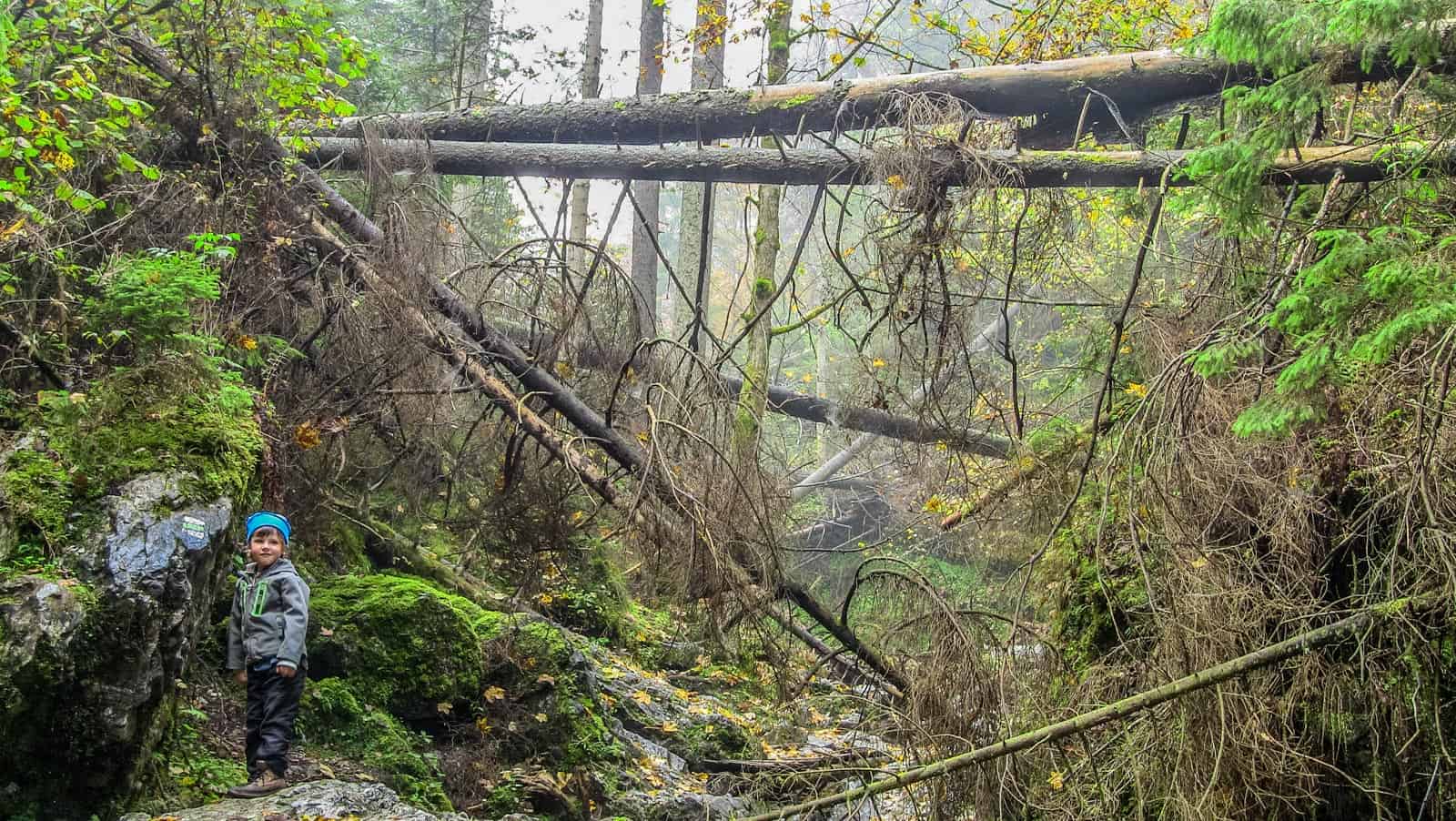Great news! Panama doubles the size of its protected marine areas
On June 8, World Oceans Day, Panamanian President, Laurentino Cortizo, and the Minister of Environment, Milciades Concepción announced the expansion of the Cordillera de Coiba (Coiba ridge) marine protected area, which will be tripled in size. This extension will cover 67,742 square kilometers of Panama’s Pacific waters, close in size to its land area of 75,517 square kilometers.
With this act, Panama achieved a historical milestone in ocean conservation, becoming one of the first nations in the world to protect more than 30% of its ocean (30×30). Undoubtedly, an outstanding development worthy of celebration, accomplished nine years ahead of the 2030 deadline recommended by many scientists.
Cordillera de Coiba key for biodiversity
The expansion will protect nine submerged mountain ranges, where some underwater peaks reach 3,000 meters high. The region is a biodiversity hotspot and an important feeding and breeding ground for many marine species. For example, at least 14 species of marine mammals use this area, 12 of which are threatened according to IUCN. This includes the blue whale, the sperm whale and the fin whale. Further, the Cordillera de Coiba is home to sea turtles, sharks, sailfish, and countless species of seabirds, including endangered or vulnerable species.
In addition, the Cordillera de Coiba works as a key link to the Eastern Tropical Pacific. Combined with the neighbouring marine reserves of Colombia, Costa Rica and Ecuador, the protected area will strengthen the management and connectivity for many migratory fish and mammals.
I hope this inspiring commitment gives courage to neighboring countries in the region including Costa Rica, Colombia and Ecuador to take similar actions to protect the incredible biodiversity in their waters, to link up protections and create a corridor where wildlife can thrive


The scientific basis for this initiative was a multidisciplinary effort led by marine biologist Hector M. Guzman, from the Smithsonian Tropical Research Institute (STRI), with the participation of MigraMar Foundation and Panama’s Ministry of the Environment (MiAmbiente).
Ensuring protection
Due its strategic location, Panama is a major global trade hub, particularly after the country expanded its famous canal in 2016. Ships crossing the protected zones is one of the main threats for the protection of these areas. Importantly, studies conducted by Smithsonian experts showed that the ships that cross the protected areas are mostly oil tankers, as well as international merchant vessels, and international fishing boats. These illegal fishing boats usually use fine-mesh nets to catch tuna. As a result, many other species like sharks are massively impacted by bycatch.
To guarantee the protection of this new marine protected area, the government with the collaboration of the Blue Nature Alliance and Skylight, will establish a system for monitoring, control and surveillance of illegal fishing. Moreover, they will promote sustainable ways to use natural resources, such as selective fishing.

